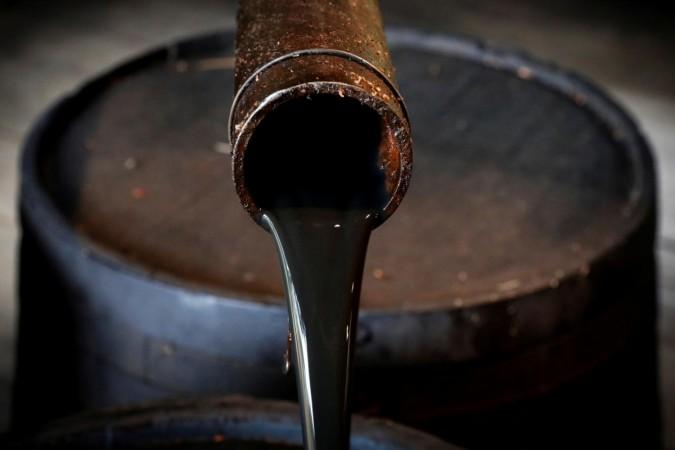Oil futures rose on Tuesday,May 12 boosted by an unexpected commitment from Saudi Arabia to deepen production cuts in June to help drain the glut in the global market that has grown as the coronavirus pandemic crushed fuel demand.
Brent crude LCOc1 futures climbed to a high of $30.11 a barrel and were up 0.8%, or 24 cents, at $29.87 at 0206 GMT, reversing some of the previous session's losses. The benchmark fell $1.34 on Monday.

U.S. West Texas Intermediate (WTI) crude CLc1 futures were up 1.6%, or 38 cents, at $24.52 after touching a high of $24.77.
Saudi to cut its production
Saudi Arabia said overnight it would cut production by a further 1 million barrels per day (bpd) in June, slashing its total production to 7.5 million bpd, down nearly 40% from April.
"This reduction in production provided excellent optics encouraging other OPEC+ members to comply and even offer additional voluntary cuts, which should quicken the global oil markets' rebalancing act," Stephen Innes, chief global market strategist at AxiCorp, said in a note. OPEC+ is a group comprised of members of the Organization of the Petroleum Exporting Countries (OPEC) and other producers including Russia.
The United Arab Emirates and Kuwait committed to cut production by another 180,000 bpd in total.
Still, the moves to deepen cuts raised questions for some about why the further cuts were needed.
"It was so sudden and so significant, it was just seen as: 'Is this a proactive policy or just a reaction to weak demand?'" said Vivek Dhar, Commonwealth Bank's mining and energy economist.
The cuts, combined with the world's biggest economies relaxing coronavirus restrictions and stoking a gradual recovery in fuel demand, are expected to ease pressure on crude storage capacity.
The second wave of Covid-19 in China?
However, in the wake of new outbreaks of the coronavirus, including in China and South Korea, the market is wary of the second wave of COVID-19 cases spurring renewed lockdowns.
"On the demand side, there's probably a view that the worst may be behind us, in terms of the peak damage point. If we do see a second wave, that would hurt demand and hurt pricing," said Commonwealth Bank's Dhar.
Inventory data this week will be key to extending the recent rally in oil prices, analysts said.
U.S. crude inventories likely rose by about 4.3 million barrels in the week to May 8, a preliminary Reuters poll showed, ahead of reports from the American Petroleum Institute industry group on Tuesday and the U.S. Energy Information Administration on Wednesday.








